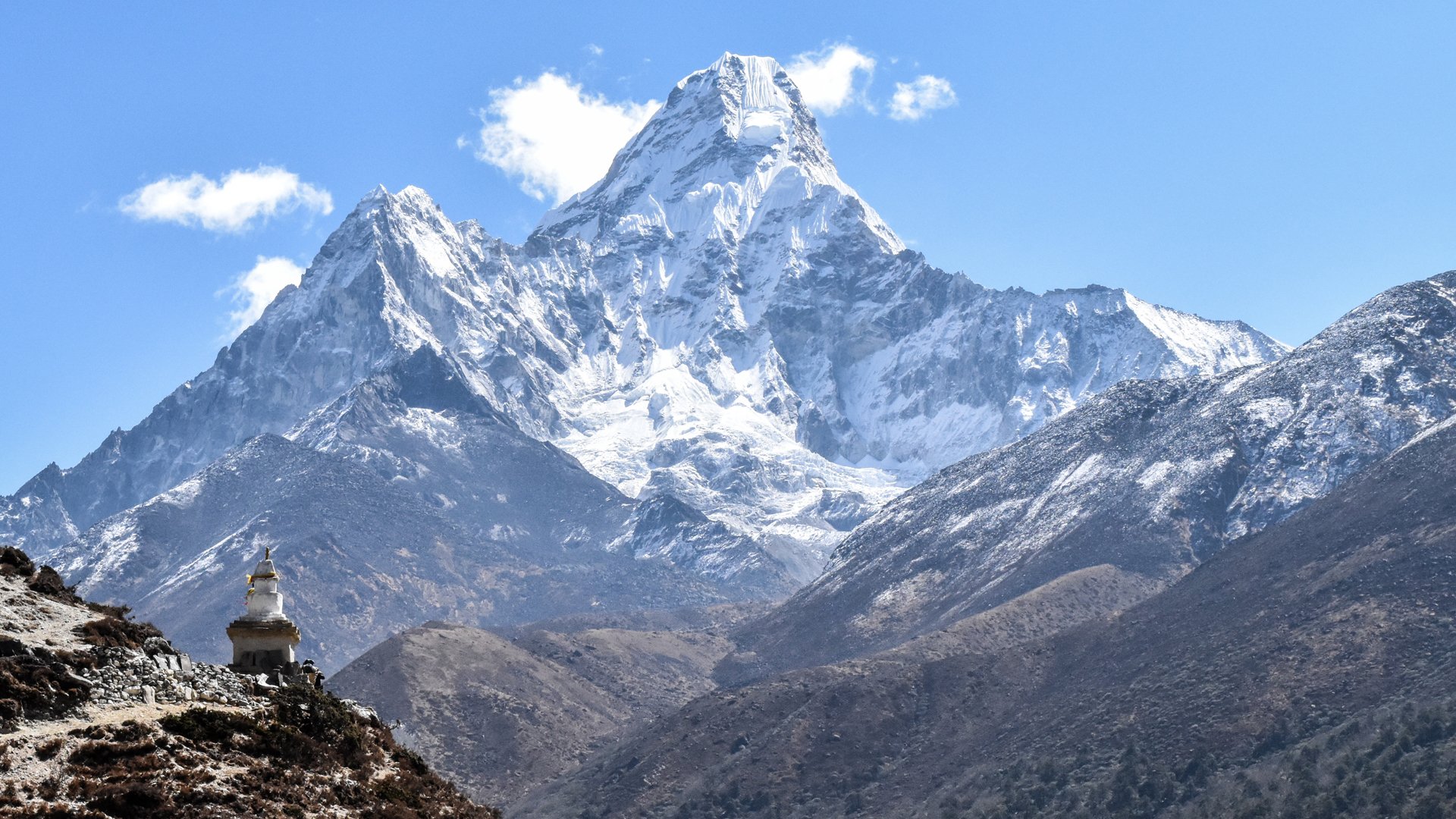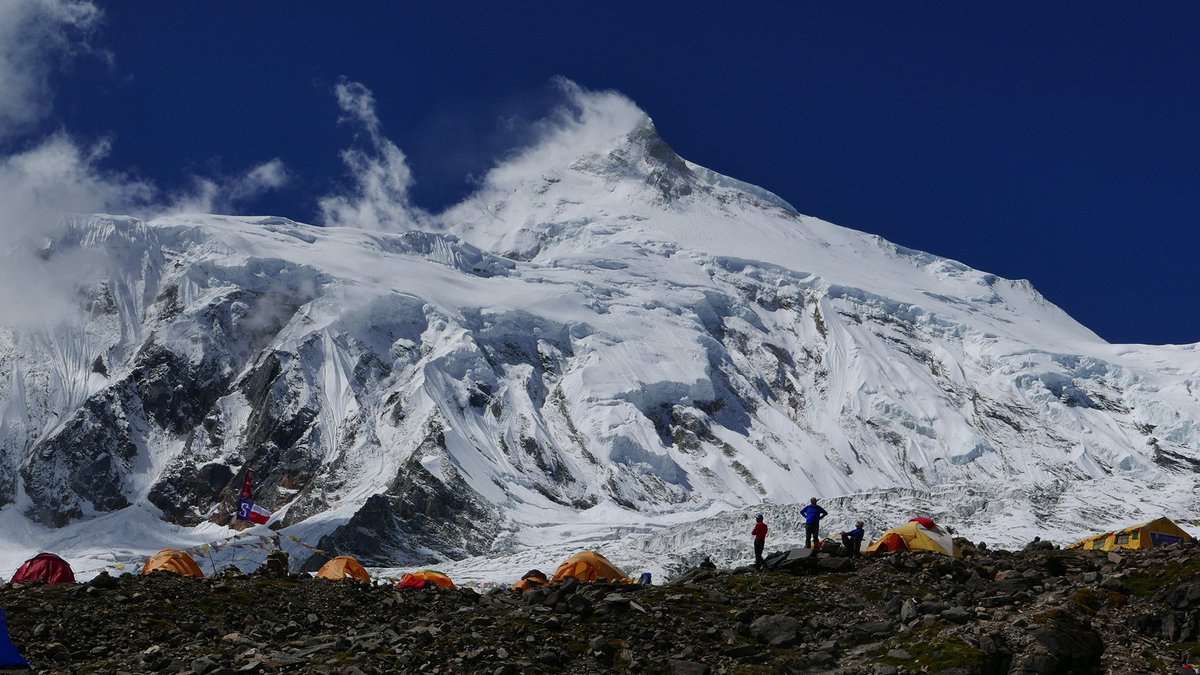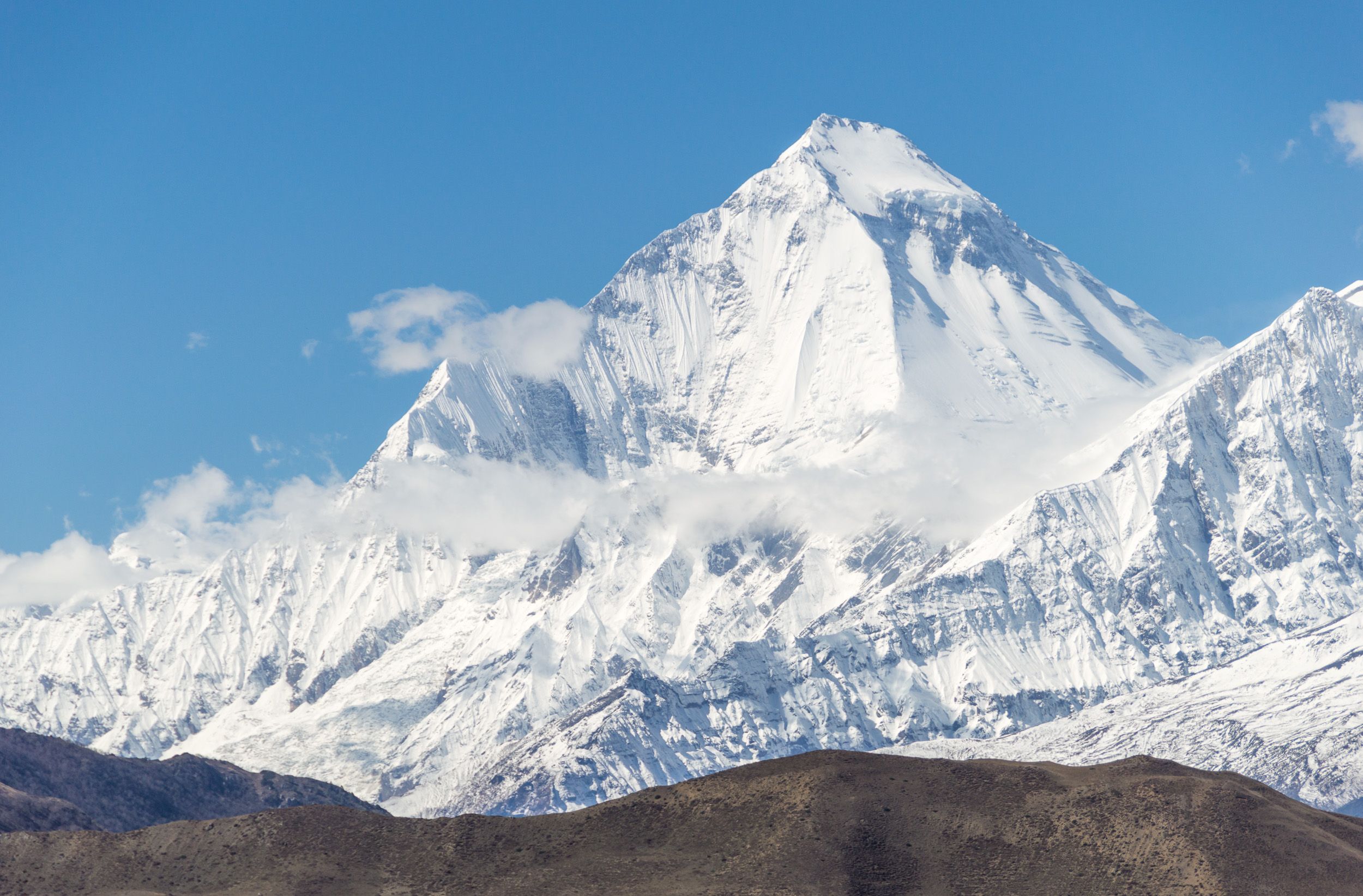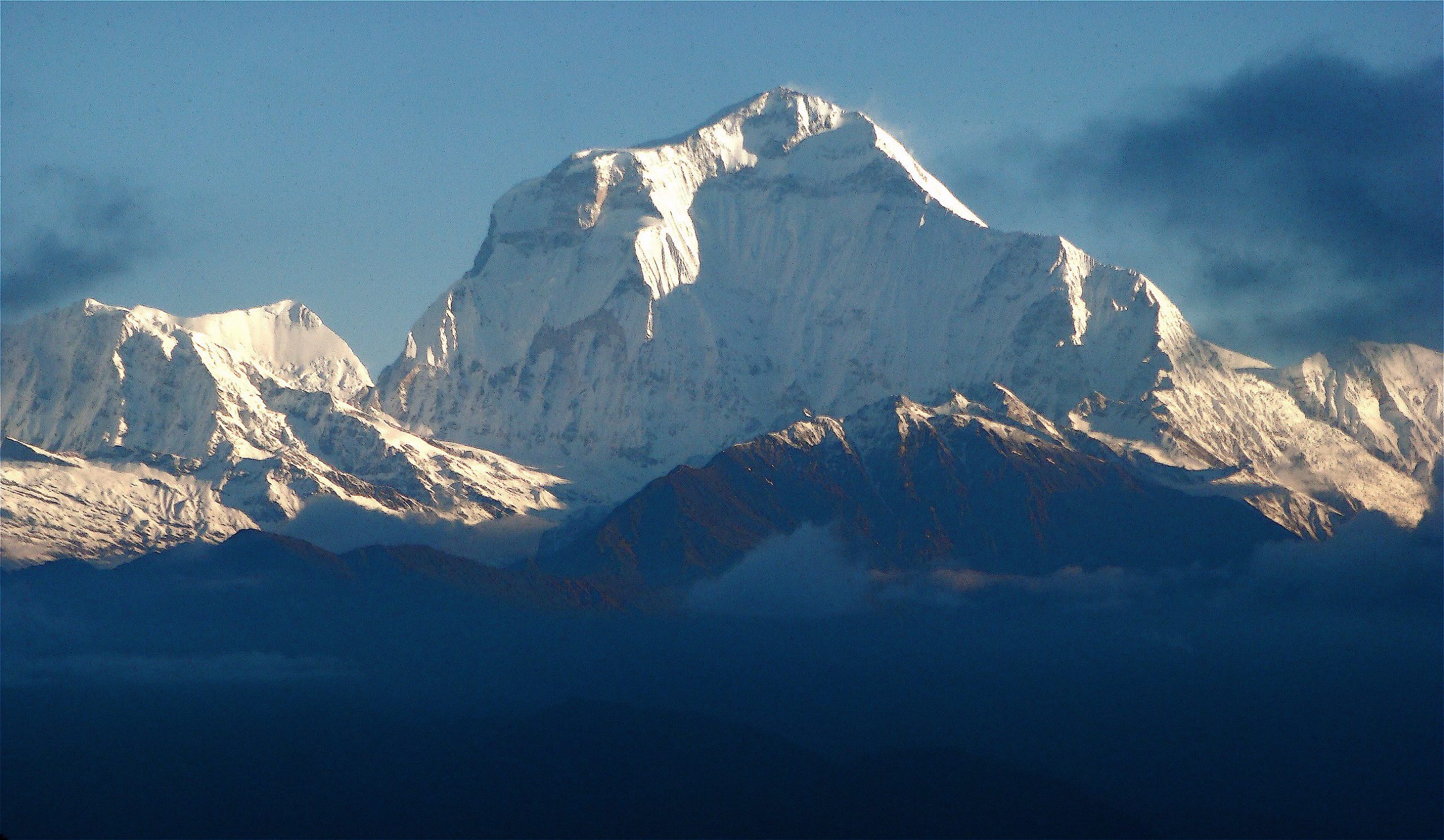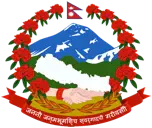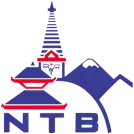Mt. Everest Expedition ~ 2024/2025 Overview
zMt.Everest Expedition is the most daring climbing expedition to ascend the highest mountain of the world Mt. Everest.Mount Everest is 8848 meters high and lies in Nepal near the china border. The route from Nepal is easy than the route from Tibet so Nepal has become the Everest climbing destination since the first ascent of Sir Edmund Hillary. The Everest region is inhabited by Sherpas who are the mixed society of Tibetan Buddhists practicing the ancient Bon Po civilization of the Tibetan Plateau. The climbers going to the Everest region take the air-flight to Lukla airport and take two days walking trip to Namche Bazar. The Namche Bazar is the place for acclimatization for Everest climbers. The climbers after acclimatization follow the trekking trail to Everest base camp at the altitude of 5364 meters on the southern side of Everest
The climbers at Everest base camp are using the southeast ridge of the southern face of Mount Everest which is the traditional route. The climbers rest at first base camp fully to overcome altitude sickness. The climbers after start climbing to higher altitude can set up high camp anywhere suitable when needed to rest. The high camps are meant for resting and acclimatization for the climbers to save themselves from the harsh climates. The traditional climbing route to Mount Everest has four high camp according to schedule if they are not disturbed by climate. The scheduled high camp set up during climbing Mount Everest is High-Camp1 at 6400 meters, High-Camp2 at 6750 meters, High-Camp3 at 7100 meters, and High-Camp4 at 8400 meters. The climbers follow the regular climbing route to the summit and ascend to the top. The summit of Mount Everest is the highest peak of the planet and climbers from the top see horizons along with the surrounding Himalayas and sea of snow.
What is the cheapest expedition to Everest?
A Nepalese company offering a south side expedition might charge as little as $34,000.00. On the North side the price for a Western guided trip is still higher at $44 – $60,000, while Nepalese guided trips are still in the region of $32,000.00.
How much do sherpas get paid on Everest?
Sherpa get paid the paltry amount of between $3,000-$5,000 US-Dollars for the climbing season, plus bonuses if they climb the Everest.
Can I climb Mount Everest with no experience?
How hard is Everest Base Camp?
While summiting Mount Everest itself obviously requires years of mountaineering experience and technique, trekking to Everest Base Camp (EBC) requires no mountaineering experience or technique. A fact that makes it wonderfully open to many, including, most probably, you
What is the coldest month on Mount Everest?
The coldest temperatures of the year occur from the 15th of December onward until the end of January with temperatures at the summit averaging -37C (-35F) while those at Everest Basecamp average -17C (1.4F)
Who climbed mt.everest frist ?
We will return to the welcome haven of the Hotel. Once back in Kathmandu, Nepal Planet Treks and Expedition will host an evening barbecue to celebrate the expedition and as a farewell party to thank the Sherpas for their support and friendship.


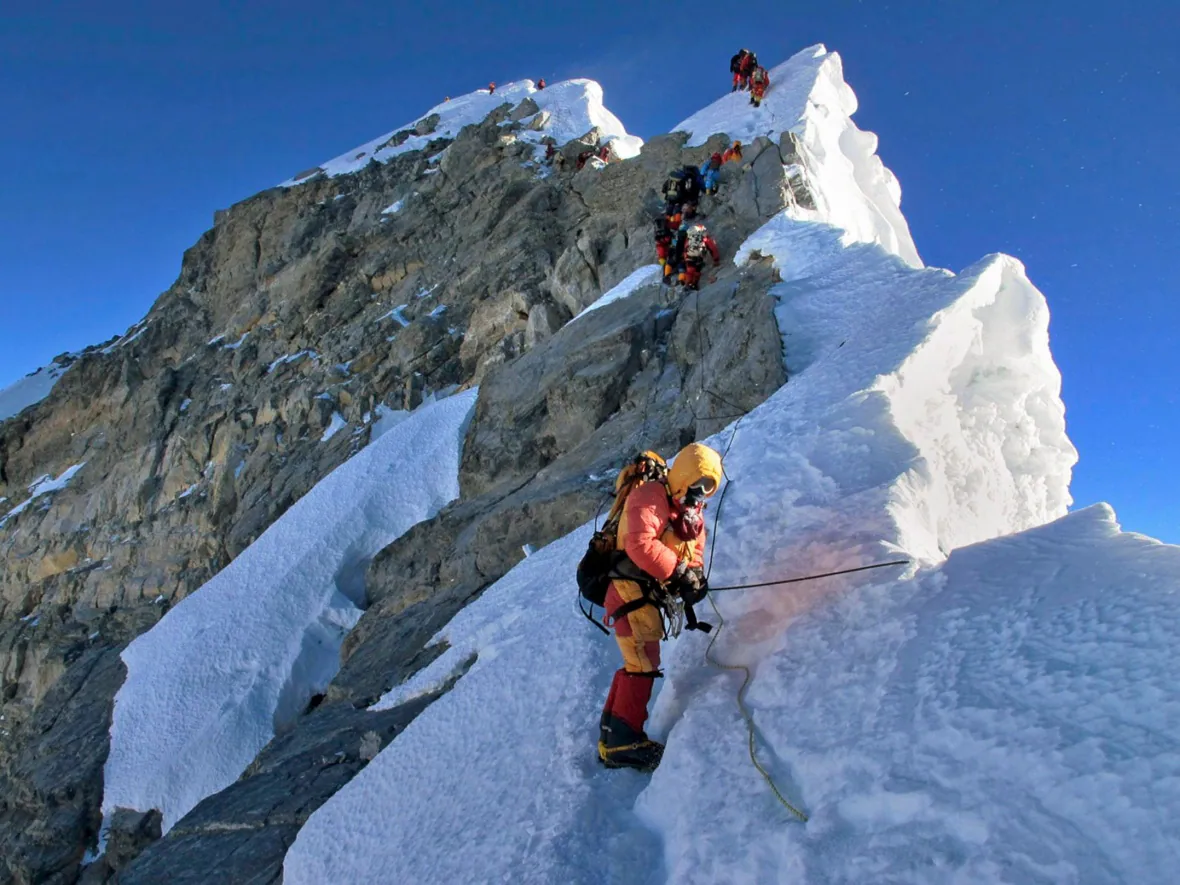
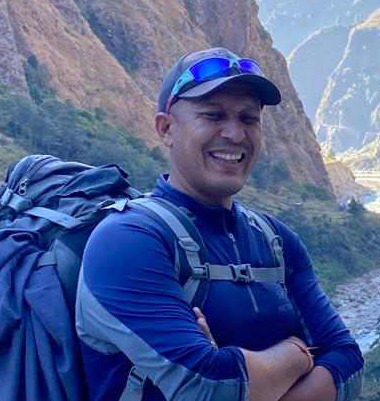 Have Questions?
Have Questions?
